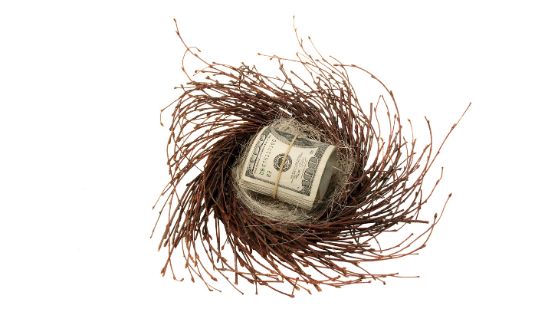by Jeff Rotherham, CFP®
As we start to settle in for the holiday season, many of us look forward to the festivities, great meals and spending time with our loved ones. You’re busy, I’m busy, we are all busy. With that, every year we see people sacrifice thousands of tax dollars they could have saved or gained…
When it comes to tax planning, the old adage an ounce of prevention is worth a pound of cure certainly rings true. Do your future self a favor and schedule two hours before the end of the year to run through this quick list of commonly missed tax savings. These are not complex, whiz-bang strategies, but relatively straightforward situations we commonly see left untapped.
Harvest Long-Term Gains When Taxed At 0%
This strategy can work for someone who has a non-retirement investment account that holds stocks, exchange-traded funds (ETFs) or mutual funds. If any of these assets has been held for more than one year, and has made gains, the account owner may be eligible for the long-term capital gains tax rate of 0%. What qualifies someone for the 0% rate? It depends on your taxable income and tax bracket. For example, single filers with taxable income below $39,375 or married couples filing jointly with taxable income below $78,750 qualify. Does that seem low? Note that this is taxable income, which comes after itemized or standard deductions.
As an example: Suppose a married couple has held Apple stock for two years and accumulated a $10,000 gain on that position. Together, they make $85,000 in 2019. However, after subtracting their standard deduction of $24,400, they have taxable income of $60,600. This gives them enough room to realize their $10,000 capital gain tax free while staying below the $78,750 limit.
What can you do after you sell and realize the gain? Simply buy the position back if you like it. (The “wash sale rule” (see #2 below), prevents you from buying the position back if you are realizing and deducting a loss, not a gain.)
This tax strategy is especially accessible for active duty military due to their Basic Allowance for Housing (BAH) and certain other allowances being tax free. A quick example: If a member has base pay of $5,500/month, and BAH of $3,000/month, he is making $102,000/year – at first glance not a lot of wiggle room after the standard deduction. However, due to BAH not being taxed, he will only show an income of $66,000/year. Now, if that same member is married and takes the standard deduction of $24,400, the couple’s joint taxable income goes down to $41,600 . . . providing plenty of room to harvest gains at 0%.
How about sales professionals? Small business owners? Some of our clients have very volatile earnings from year to year. Some years they are deep into six figures, while other years money is tight. Harvesting gains at 0% is a great tactic to use during those “tight” years to eliminate a future tax liability that could easily be 15% or more of the gains.
Harvest Losses
This strategy is the reverse of the one above. If there are losses in your non-retirement accounts, it is possible to sell those investments, capture the realized loss (and hence tax savings), and exchange into similar assets (albeit NOT substantially identical assets within 30 days as this could run one afoul of the wash sale rule). This strategy accomplishes several objectives:
- It can be used to offset your current-year taxable gains, while any leftover loss can be carried forward to future years.
- It can help you to reduce your taxable income by up to $3,000/year. (Example: for a person in a 20% effective tax bracket this saves $600 in tax)
- It can keep your investment exposure consistent while your “lateral move” saves you hundreds (or thousands) in taxes.
Juice up your 401k contributions and/or make your HSA contributions.
Many years ago, when I was active duty military, I got caught “asleep at the wheel” by not paying attention to my retirement plan contributions. I had some nominal percentage going to my plan and had a large taxable bonus coming. Long story short, I paid over 30% in taxes on $15,000 (about $5,000) that I could have, and should have, deferred by ensuring my retirement plan contributions were maxed out for the year. Ouch! I see people do this year after year… And for those with High Deductible Health Plans, don’t forget to set up and/or contribute to your Health Savings Accounts (HSA). HSA contributions are tax deductible, investment gains are tax free, and withdrawals are tax free when used for qualifying medical expenses. A triple bonus.
As Louis Pasteur said, “Fortune favors the prepared mind”. Please try to carve out some time to proactively save on taxes and not give the IRS any more than its due.
To read more about our commentary on financial markets, click here: Our Commentary
Please contact us if you have questions about your portfolio or financial markets: [email protected]
This article is for informational purposes only and not intended as tax advice, investment advice, or cooking advice. Please consult your tax professional or investment advisor for how these strategies apply to your specific situation.






